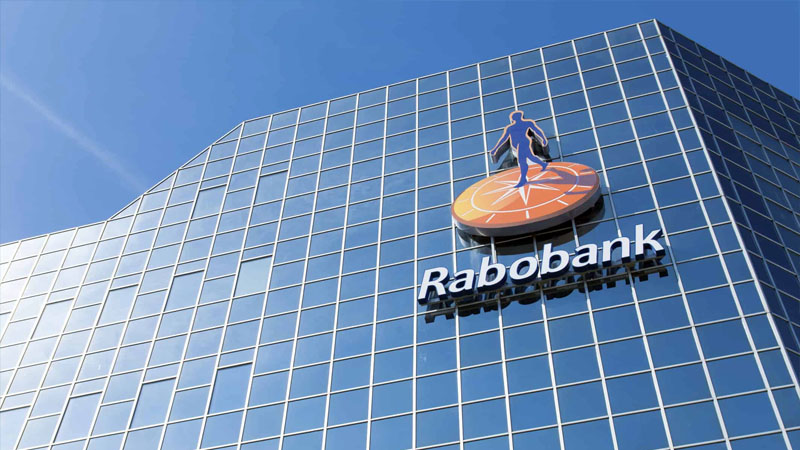Exclusive content

A recent report from RaboResearch has highlighted positive trends in the global aquaculture industry, with demand for salmon and shrimp showing signs of improvement in the second half of 2024. Despite ongoing biological challenges in farming these species, the industry is expected to benefit from the recovery of Western economies and decreasing feed costs.
Shrimp Industry Shows Signs of Recovery
The salmon market is expected to remain tight, with prices expected to remain high through the latter half of 2024. Seasonal patterns will influence pricing, but the overall trend suggests that costs will stay above average. Norway and Scotland are poised for a supply recovery, although this remains tentative due to unresolved biological issues. The US and Asia are experiencing depressed demand, which has not allowed prices to offset the high costs resulting from weak biological performance.
In contrast, the shrimp industry is showing signs of a tentative recovery, particularly in Western markets where demand and prices are gradually increasing as inflation eases. Improved fishmeal supply is expected to lead to lower farming costs, which will benefit the industry. However, the recovery remains fragile, with Chinese import demand expected to decline. Positive supply growth from Ecuador, India, and Vietnam could potentially lead to an oversupply, casting doubt on the possibility of a price recovery in the second half of 2024.
Fishmeal Prices to Soften as Supply Increases
The Peruvian anchoveta fishery sector has marked a recovery in Q2 2024 with strong fishmeal and fish oil production. Fishmeal prices have declined, although they have not yet corrected back to pre-El Niño levels. According to RaboResearch’s senior global seafood specialist, Gorjan Nikolik, it may take another good fishing season for the full price correction to occur. Given that La Niña conditions are expected, good fishing is also anticipated in 2H 2024, which could lead to further normalization of fishmeal prices.
The decrease in fishmeal prices is expected to provide some relief to shrimp producers, who have been facing depressed profitability due to high feed costs. The industry’s fragile recovery will likely favor large, sophisticated operations, leading to increased consolidation in the sector.